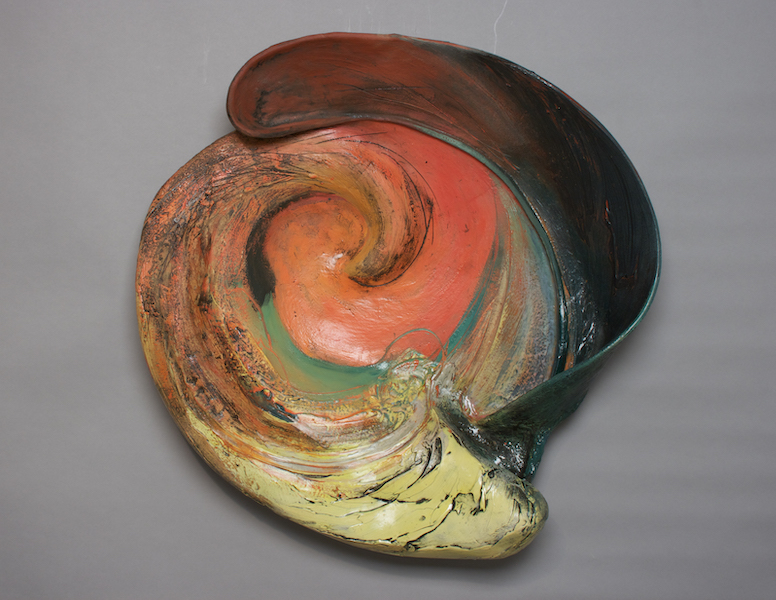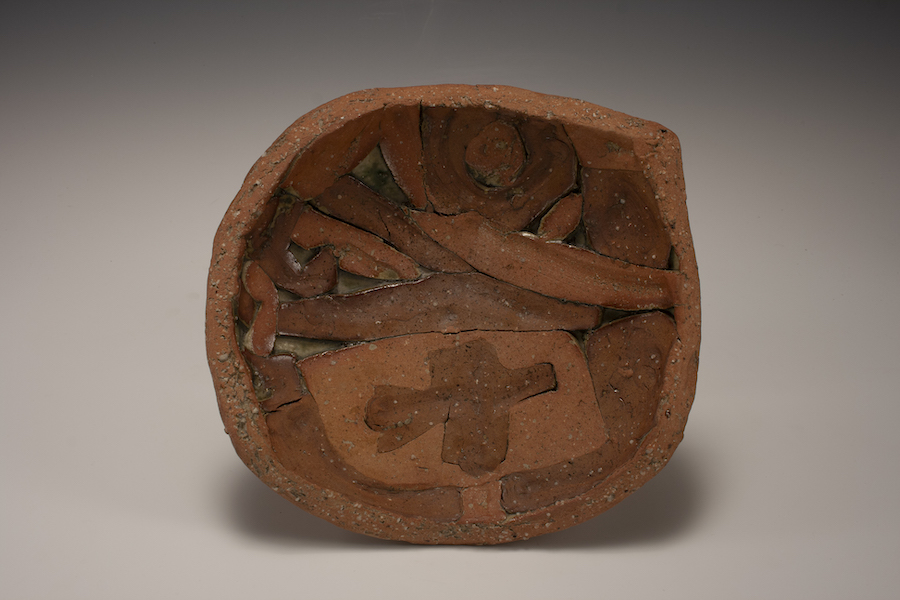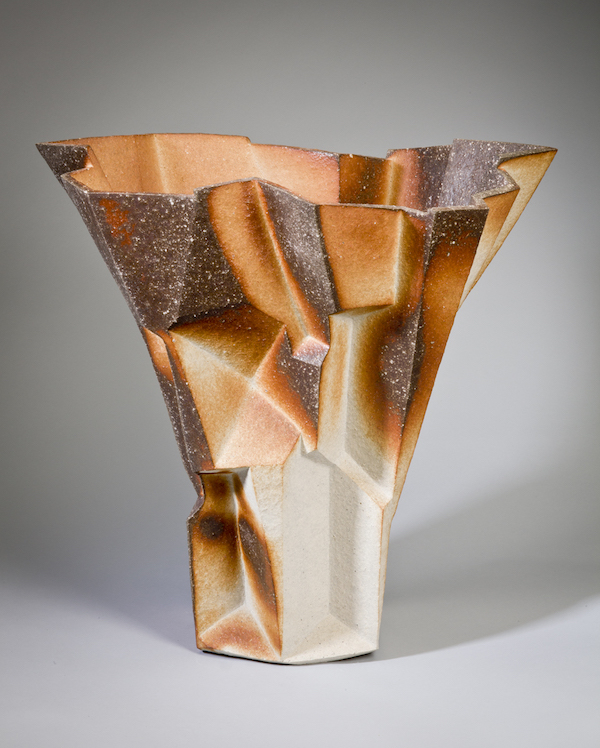
ANN ARBOR, Mich. – Shigaraki ware originates from one of Japan’s six ancient kilns and is characterized by earthy tones, rough clay surfaces and natural ash glazes. These objects, which began entering American museum collections in the 1960s, have become staples of Japanese art installations across the U.S. Despite this, the story of how Shigaraki ware ceramics catalyzed cultural exchange between the U.S. and Japan and helped reframe Japan as a peaceful, democratic ally has not been told in depth. Clay as Soft Power: Shigaraki Ware in Postwar America and Japan brings this history to the fore while also exploring the influence of Shigaraki ware ceramics on contemporary artists in both countries and its ongoing popularity among today’s collectors. The show will remain on view at the University of Michigan Museum of Art (UMMA) through May 7.
Curated by Natsu Oyobe, Curator of Asian Art at UMMA, Clay as Soft Power features approximately 50 historic and contemporary objects by 25 artists, drawn from UMMA’s holdings as well as public and private collections across the world. Among the works is a new commission by Takahashi Yoshiko (Japanese, b. 1988-), the first woman to carry on her family’s studio name, Takahashi Rakusai. Visitors will be able to hold and touch Takahashi’s work — a critical aspect to truly understanding the beauty and essence of Shigaraki ware.

“Clay as Soft Power explores Shigaraki ware through a new lens — one that captures the critical social and political importance to these objects across two countries. It is particularly exciting to add a layer of scholarship and understanding to objects that are often encountered in museum contexts, inviting visitors to think about and engage with them in a different way,” said Oyobe. “It is also an opportunity to celebrate contemporary artists continuing the Shigaraki ware’s legacy, especially women artists, who have historically had less access to develop their skills. Clay as Soft Power is a step in bringing their voices more actively into the conversation as interest in Shigaraki ware continues to grow.”

“This exhibition captures the incredible role that arts and culture play in international dialogs and diplomacy. While the exhibition reveals a little-known cultural history, it also provides a platform to consider how these dynamics continue to reverberate in contemporary politics and the position that museums should take in shaping understandings between countries, cultures, and people,” said UMMA’s Director, Christina Olsen.
Visit the website of the University of Michigan Museum of Art (UMMA) and see its dedicated page for Clay as Soft Power: Shigaraki Ware in Postwar America and Japan.



